This is the Tamiya 35 101-2500 kit in 1/35 scale, of the ‘German Flakpanzer IV, Möbelwagen’.
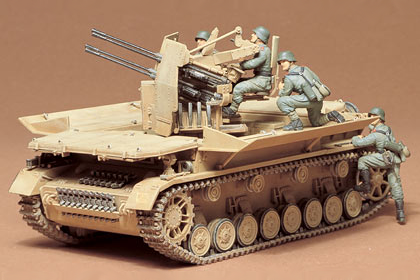
This is the Tamiya 35 101-2500 kit in 1/35 scale, of the ‘German Flakpanzer IV, Möbelwagen’.

This is the Dragon 6265 kit in 1/35 scale, of the ‘German Panzerkampfwagen IV, Ausf. D’.
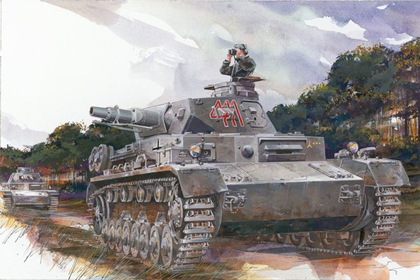
This is the Italeri 6488 kit in 1/35 scale, of the ‘German JagdPanzer IV, Ausf. F’.
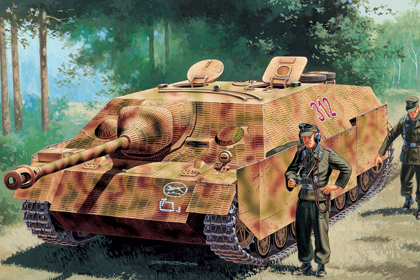
The JagdPanzer Mark IV self-propelled tank-killer was built on the chassis of the Pz.Kpw.IV, one of the most efficient and widely used German tanks of the Second World War.
Characterised by a low profile, the Mark IVs were produced in their hundreds, steadily being improved and fitted with better weaponry such as the long-barrelled 7.5 cm gun that made it a match for any Allied tank.
This is the Dragon 9145 kit in 1/35 scale, of the ‘German JagdPanzer IV L/48’.

As one of the casemate-style turretless Jagdpanzer (tank destroyer, literally “hunting tank”) designs, it was developed against the wishes of Heinz Guderian, the inspector general of the Panzertruppen, as a replacement for the Sturmgeschütz III (StuG III). Guderian objected against the needless, in his eyes, diversion of resources from Panzer IV tank production, as the Stug III and Sturmgeschütz IV were still more than adequate for their role.
Officially, only the L/48-armed vehicle was named Jagdpanzer IV. The L/70-armed vehicle was named Panzer IV/70.
This is the Tristar 35038 kit in 1/35 scale, of the ‘German Sturmpanzer IV – Early version’.

It was known by the nickname Brummbär (German: “Grouch”) by Allied intelligence, a name which was not used by the Germans.
Just over 300 vehicles were built and they were assigned to four independent battalions.
This is the Italeri 6514 kit in 1/35 scale, of the ‘German Pz.Kpfw.IV Ausf. F1/F2, early version’.
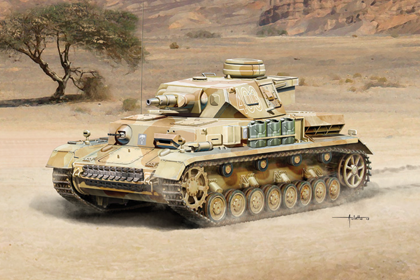
The Panzer IV was the most extensively used German tank during the Second World War. It represented the “backbone” of the German Panzer Divisions on all operational theaters.The production of Panzer IV Ausf. F, started in 1941, marked a decisive boost in the evolution of the tank. It featured an improved armor on the turret and hull.
The first version of Panzer IV F, featuring the traditional 7.5 cm. KwK 37 short-barreled cannon, were not able to fight successfully against the Soviet T-34 and KV-1 heavy armoured tank.The adoption of the anti-tank design KwK 40 long-barreled cannon, on the Ausf. F2 version, has decisively increased the Panzer IV effectiveness against enemy tanks.
Thanks to its new high velocity and high penetration gun, the Panzer IV became, once again, “lethal” on the battlefields.
This is the Dragon 6301 kit in 1/35 scale, of the ‘German Panzerkampfwagen IV, Ausf. E – Vorpanzer’.
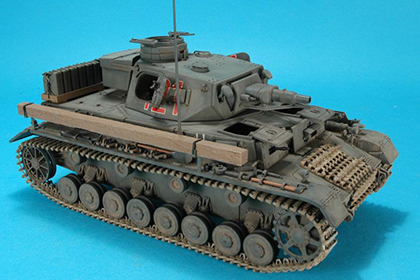
It differed from Zusatzpanzerung because it was spaced from the underlying armour, whereas Zusatzpanzerung was fitted directly onto the armour underneath.Vorpanzer was designed to defeat 105mm HEAT projectiles, and to strip off the piercing caps of APC and APCBC projectiles which would then shatter on the FH armour behind.
It also caused any HE filler in such projectiles to detonate prematurely.
This is the Trumpeter 01516 kit in 1/35 scale, of the ‘German Panzerjäger-Triebwagen 51’.
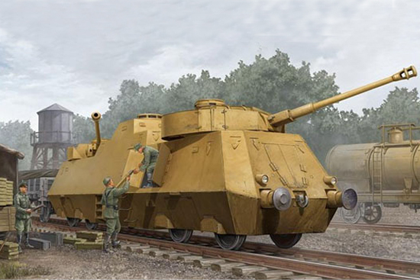
There were only three of this railcar made (No. 51-53) and all were found at the factory by Allied forces, but it is questionable whether any ever went into service.
This is the Trumpeter 00363 kit in 1/35 scale, of the ‘German Pz.Kpfw.IV Ausf. F Fahrgestell’.
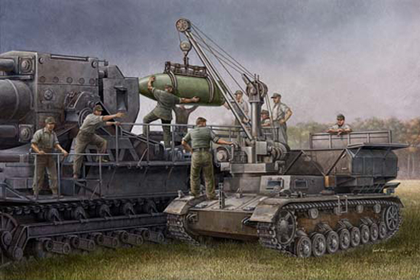
There were two Munitionsschlepper for each of the six Gerät 040 Nr. I to VI and one for the experimental Gerät Nr. VII.
This is the Academy 13236 kit in 1/35 scale, of the ‘German Flakpanzer IV, Wirbelwind’.
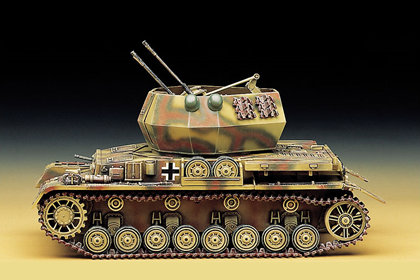
This is the Tamiya 35 096-1800 kit in 1/35 scale, of the ‘German Panzerkampfwagen IV, Ausf. D’.
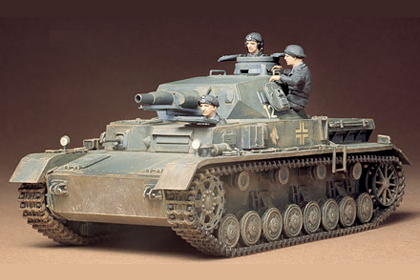
This is the Tamiya 35 181-3400 kit in 1/35 scale, of the ‘German Panzerkampfwagen IV, Ausf. J’.

The Panzerkampfwagen IV was Germany’s most important tank during the second world war. It remained in mass production throughout the conflict, with more than 8,000 units being produced. This represented more than one-third of Germany’s total wartime tank production. It was the backbone of the Panzer Divisions and it was often referred to as their “Workhorse” The Pz.Kpfw.IV underwent constant improvement throughout its long career.
As an example, its original short-barreled 7.5cm main gun was replaced with the long barreled 7.5cm KwK40 L/43 gun beginning with the Ausf. F2 version. The further improved 7.5cm KwK40 L/48 was added to the Ausf. H onwards.In 1944 however, with the introduction of the new Panther and Tiger tanks, plus other tactical considerations, the Pz.Kpfw.IV began to serve mainly in a defensive capacity. A need was required to simplify construction and increase productivity, plus conserve scarce raw materials.
The last of the series, the Ausf. J thus had a much simpler construction, and an extra fuel tank replaced the auxiliary engine/generator. This greatly increased its range from 210km to 320km and was welcomed by the German troops, as they were having difficult with their supply, but it was attained at the expense of electric power for the turret traversing motor. The thin steel plates known as Schurzen (skirts), first introduced with the Ausf. G, were sometimes replaced with heavy gauge wire mesh, or not even used at all.